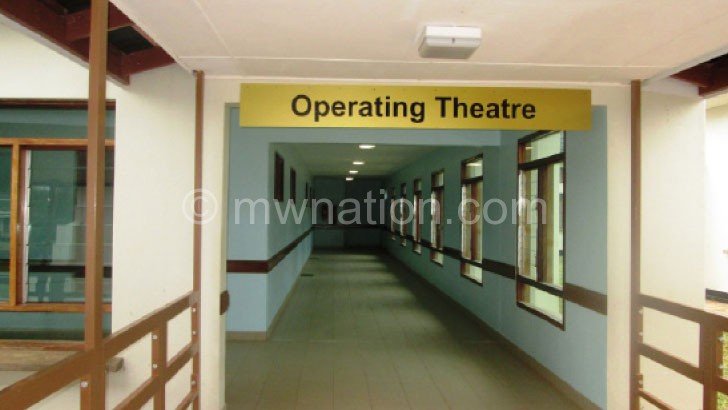A quest to save mothers, babies
Maternity units are supposed to be the safest places for women to give birth, but this was not the case for 34-year-old Lilly Kachale who lost her baby girl three hours after birth.
She died from complications that the hospital failed to treat because of lack of resources.

According to the World Health Organisation (WHO), the majority of maternal deaths such as Kachale’s are due to complications such as haemorrhage, infections, unsafe abortions and eclampsia.
Queen Elizabeth Central Hospital (QECH) maternity wing at Chatinkha is the largest referral facility in the Southern Region, treating high-risk mothers, most of whom require caesarean sections as a means of delivery.
With three operating theatres in the maternity wing, only one is fully functional.
Chatinkha Maternity Care (Chamaca) Support, a group of medical doctors working at QECH, has organised a golf tournament on December 17 at Blantyre Sports Club to raise funds for buying theatre equipment.
Victoria Nnensa is Queens’ specialist in obstetrics and gynaecology. She says many women and babies lose lives to different challenges at the hospital.
“On average, we do 12 caesarean sections per day. At the moment, we have one fully functional theatre. With the high demand and urgency of the cases that come through our hospital doors every day, we are forced to use the theatres without adequate equipment to perform surgery, which is dangerous,” she says.
Nnensa says this initiative does not mean government is not doing enough, but they simply want to do something to complement government’s efforts.
Nnesa also notes that the maternal mortality rate is increasing.
The doctor observes that having all three theatres fully functional would help increase the number of c-sections done per day and save more lives.
The K59 million will be used to buy anaesthesia machines complete with patient monitor, theatre tables, recovery bed (post natal) beds, theatre trolleys and steps.
She adds that the anaesthesia machine is used to provide accurate and continuous supply of medical gases mixed with an accurate concentration of anaesthetic vapour to the patient during surgical procedures.
The specialist says it also requires a monitor, to continuously observe the patient throughout the procedure.
Without the anaesthesia machine and monitor, Nnensa says someone has to manually check the patient’s blood pressure and oxygen saturation every two minutes.
Chamaca Support is a registered non-governmental charitable organisation which was established in 1996 following a request from the Department of Obstetrics and Gynaecology at the School of Medicine.
This was particularly through the initiative of Professor Laban Mtimavalye who was then the head of department.





